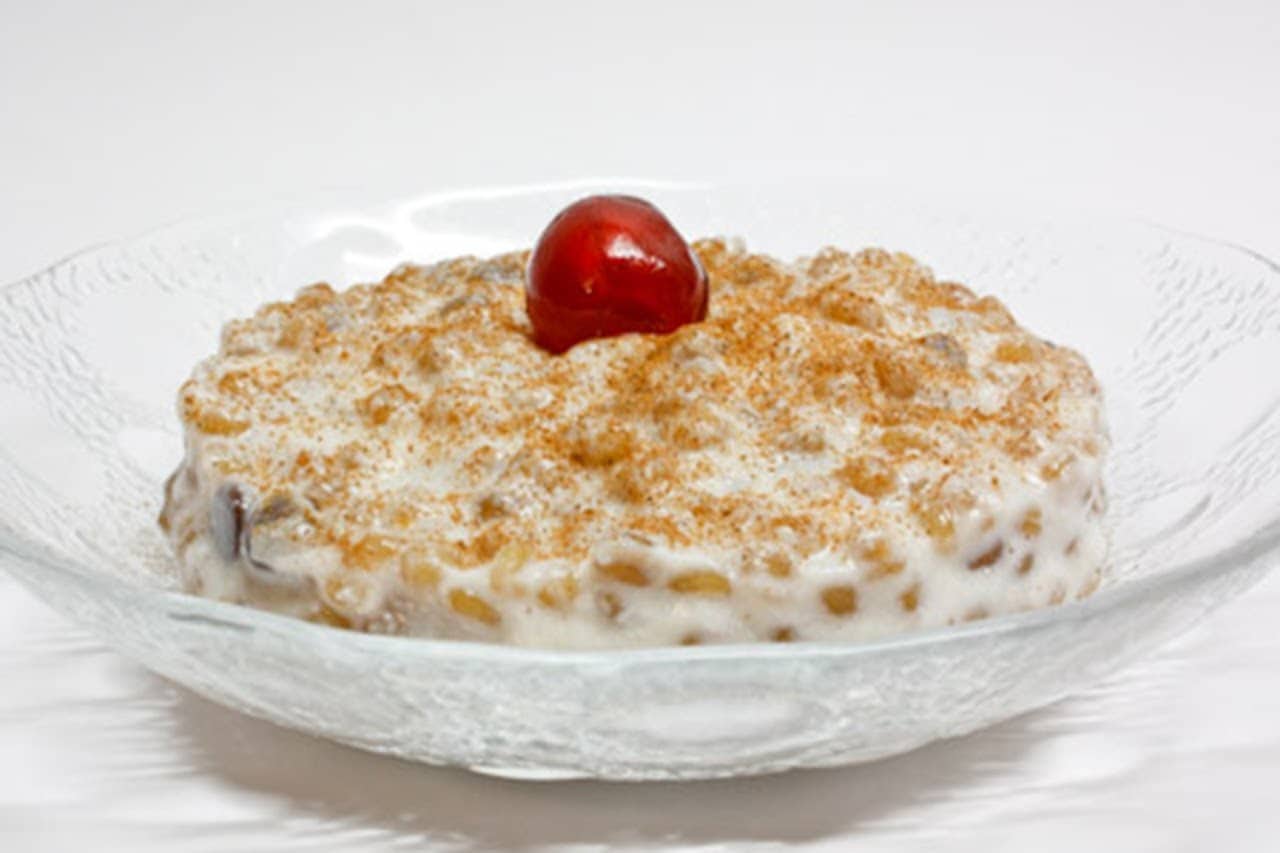
Arancine and Cuccia for Saint Lucia's Celebration

Lucia freed Palermo from famine in 1646 by bringing in a cargo ship of food that people had not seen for months, wheat. The population was very hangry and did not wait for the wheat to be processed and preferred to boil it immediately. The addition of oil, created the Cuccia, although nowadays it is mostly prepared as a dessert with ricotta and chocolate chips.
On December 13, only rice (therefore arancine in all tastes and shapes), vegetables, and beans, since in that period, girls believed helped to have beautiful eyes (St Lucia is considered the protector of the eyes). Saint Lucia Day is also ironically called "Arancina Day", the beloved fried ball, filled with meat or butter but also with gourmet savors. That day, the fryers and kitchens of mothers and grandmothers fill with strong, traditional smells that heat their hearts and bellies!
The Sfincia for Saint Joseph

The Babbaluci and the Scaccio for the Feast of St. Rosalia

The first typical dish is the Babbaluci, that is small snails of land; They are just cooked under garlic and parsley, ready to be eaten on crowded streets. Usually, you will find it in the historic city market of Vucciria and the Kalsa district, but during the St. Rosalia festival, some street sellers, display their valuable goods.
The Scaccio is also known as "passatempo", a mixture of dried fruits such as "Seed", pumpkin seeds, "Calia", roughly cooked chickpeas, but also hazelnuts or peanuts, sold strictly in a "paper cup". It's pretty much everywhere in the streets.
About the author
Written on 25/11/2020



Eleonora Monaco
The traditional Palermo cuisine is a journey through different tastes and cultures. A journey full of colors, simplicity, and old traditions. Here we can read three dishes that people cook and eat in Palermo for three famous and traditional celebrations.